NPrinting 17.2 Review: Three Steps Forward and One Step Back
For those who don’t already know, Qlik NPrinting is a content distribution tool for the Qlik Platform. It enables the distribution of static reports in various widely-used formats such as Word, PowerPoint and HTML.
A brief history
NPrinting 17 (NP17) is the result of the project code-named “Opera” – which was started before Qlik acquired Vizubi and finally came to fruition early in 2016. It’s fair to say the first two releases (17.0 and 17.1) weren’t quite ready for primetime, but 17.2 is a great step forward in reliability as well as functionality.
The NPrinting story so far…
– 17.0 was the first release in the series – introducing web-based management of reports, schedules and related items. In version 16 and before this had all been done through a Windows application.
– 17.1 introduced initial compatibility with Qlik Sense (QS). Previously it was a QlikView-only product and it became known as “Qlik NPrinting” not “QlikView NPrinting” at this point.
– 17.2 was mostly a stability and performance release, but did also re-introduce the On-Demand functionality for QlikView (QV).
I’ve worked with NPrinting since 2012 (when it was Excel-only and being developed by Vizubi) and I have the honour of being the first ever certified NPrinting developer! I’ve been using 17.2 for the last couple of months and, combined with my experiences around earlier releases, here is my considered opinion.

Alex being presented his NPrinting Developer Certificate by Vizubi’s Aran Nathanson, now Qlik NPrinting Product Manager.
New architecture and delivery mechanisms
NPrinting 17 is a massive step forwards in terms of enterprise architecture – adding web-based management and report consumption, multi-user capabilities including permissions management. It keeps the familiar flexible structure of previous releases with Connections, Tasks, Reports, Filters and so on.

The new NPrinting 17 web interface.
It adds two new distribution methods:
1. NPrinting NewsStand –here users can see which reports they have access to and can subscribe to have them generated and/or sent to them on a schedule of their choosing.
2. Qlik Sense Hub –you can push NPrinting reports into the Qlik Sense Hub so users have one place to go to consume all of their Qlik information. (Note: QlikView Publisher can do this now too – heading towards what Qlik are calling the “Unified Hub”.) The process for getting this up and running isn’t exactly slick, but once done, it’s a useful additional delivery mechanism.
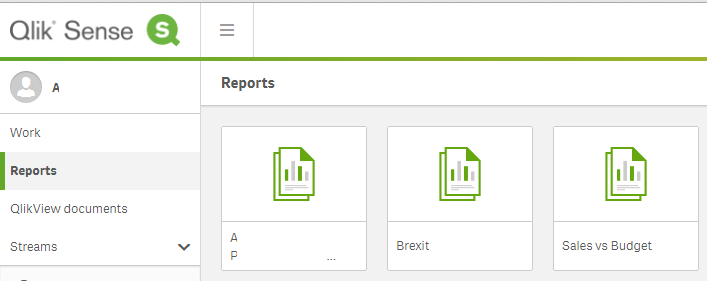
The Qlik Unified Hub – Qlik Sense, NPrinting & QlikView.
Additional compatibility
“Qlik Sense compatibility” is more true for this release than it was for 17.1 (where you’d often have reports fail if based on QS), but it still doesn’t come with all the functionality of the QlikView side of the tool.
The Select Objects dialog has improved with 17.2, now showing the IDs that you can (if no other way than via the dev hub single configurator) trace back to objects in the Qlik Sense app – which may be useful if you haven’t or can’t set a Name.
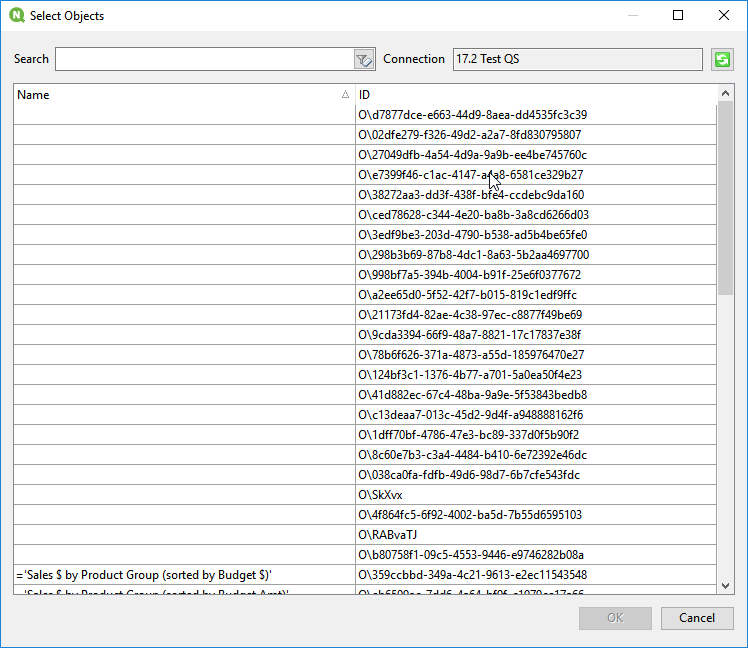
One of the main limitations remains – that you don’t get to see previews of the Qlik Sense objects when you drop them into your template. Instead you just get a generic icon which can make designing your reports quite tricky.
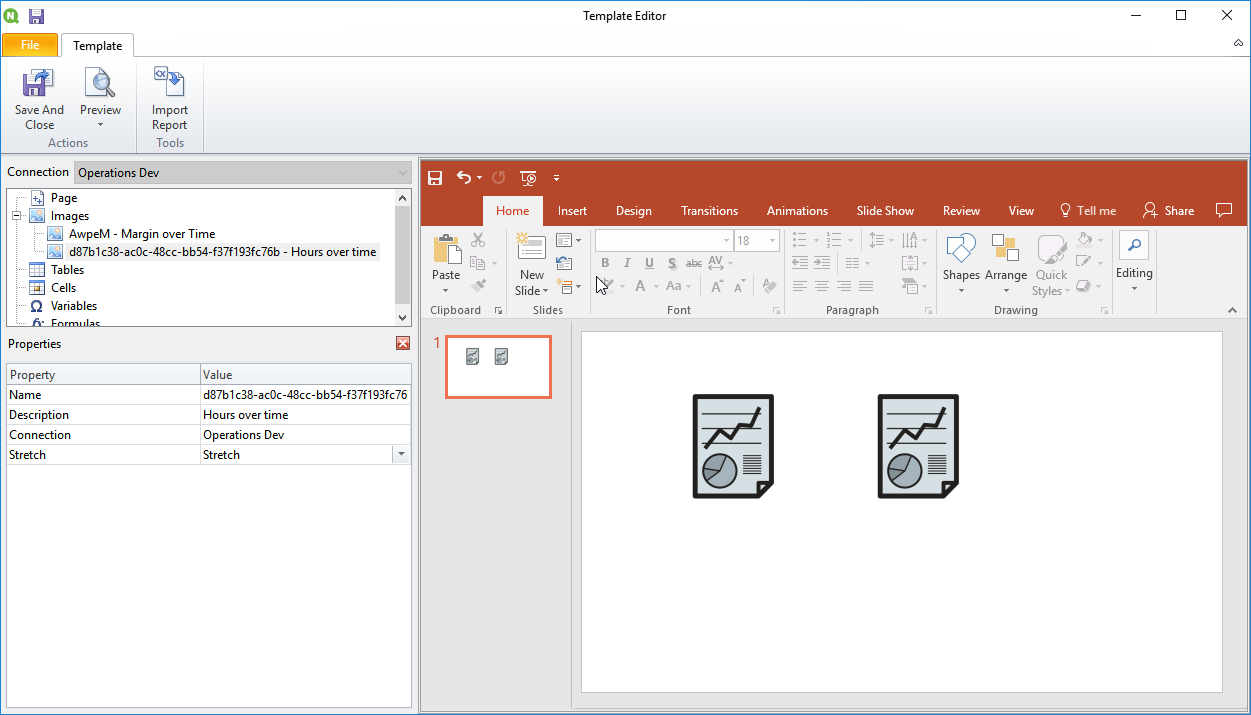
That said, when you do view a report, they look great. No issues with scaling here: since Qlik Sense has a fully responsive interface, the objects you embed flex as you resize them to fit your slide, document or web page…
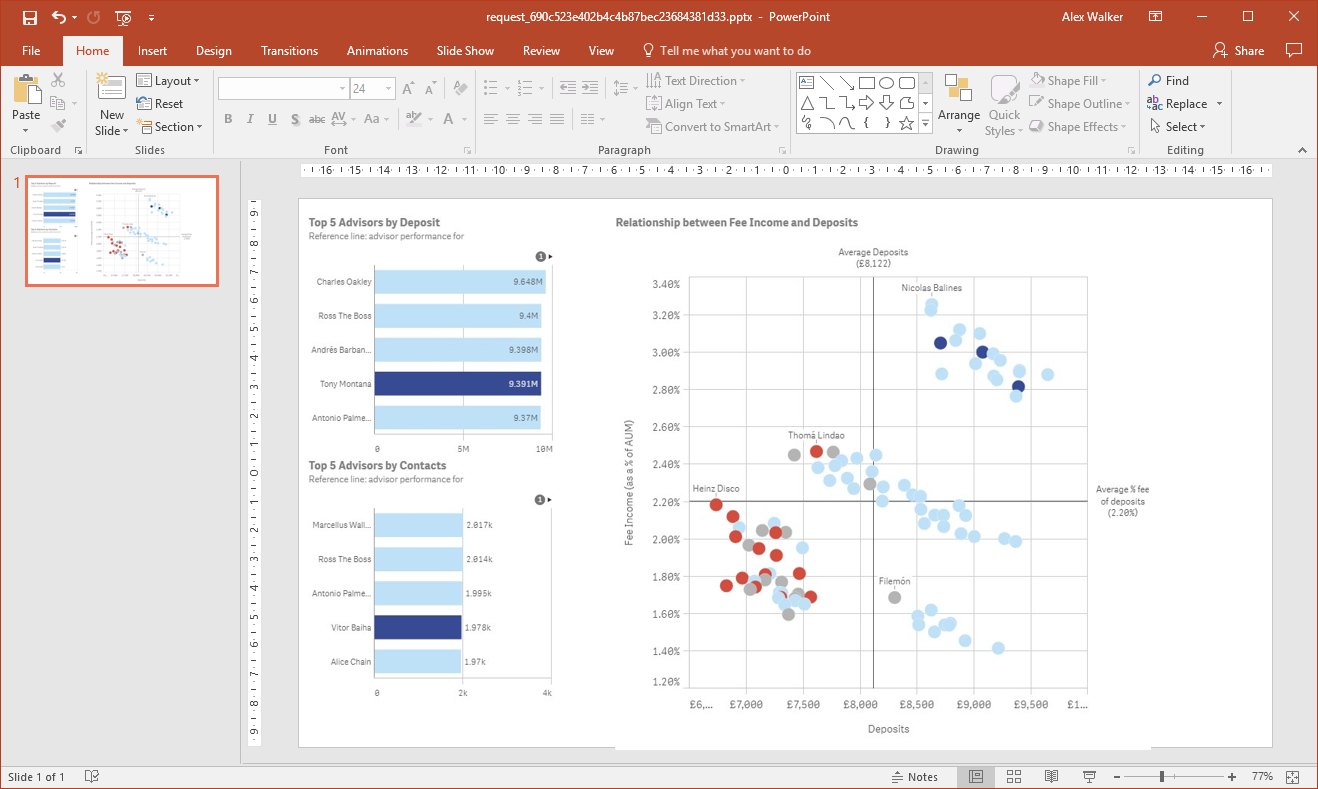
Example PowerPoint report with Qlik Sense objects embedded.
What’s missing?
As you can see from the three major releases this year, Qlik are actively developing NPrinting and I’m sure they have these ideas in mind, but here are some of the things I think should be on the roadmap:
– Previewing of Qlik Sense objects in reports. As identified above, this is probably the most limiting factor right now.
– Embedding reports into HTML emails. This was one of my favourite things in NPrinting 16 – embed the actual chart / KPI etc. in an email so the end user doesn’t even have to open an attachment! Unfortunately, whilst the help says this is possible, it’s not (yet).
– Importing recipients from somewhere other than an Excel file. We have made extensive use of the ability to import from a QlikView object. There are workarounds to this but we’d love to see this re-introduced in NP17 for QV and QS.
– Simplifying the process for adding reports to the Qlik Sense Hub and integration with the Qlik Sense QMC for user management and so on.
The conclusion
NPrinting has a special place in my heart and I have definitely skimmed over some of its amazing features that I’ve taken for granted over the last four years. So my advice is this:
– If you’re a current NPrinting 16 user and you only have QlikView in your estate, then you might be better off sticking with NPrinting 16 for the time being. The main reason I can see to consider upgrading here would be if you need a multi-node environment to cope with the sheer volume of reports you distribute or to make use of the NewsStand feature.
– If you’ve got a mixture of QlikView and Qlik Sense then I think that NP17 is worth a shot now it’s stabilised. Definitely check the features you need and trial it before making a decision on which version to use.
– In a purely Qlik Sense environment, you’ve not got a choice – I’d just say be cautious about what you promise to deliver in tight timeframes as there is a learning curve as well as more improvements to come down the line. Again, trial it in your environment to see if it works for you.
For more information on NPrinting, please visit our product page where you can request a demo to find out how it can enhance your Qlik experience. We also have an NPrinting training session coming up on 23rd February 2017 – call us on 0330 363 9900.
Alex Walker
Service Delivery Manager



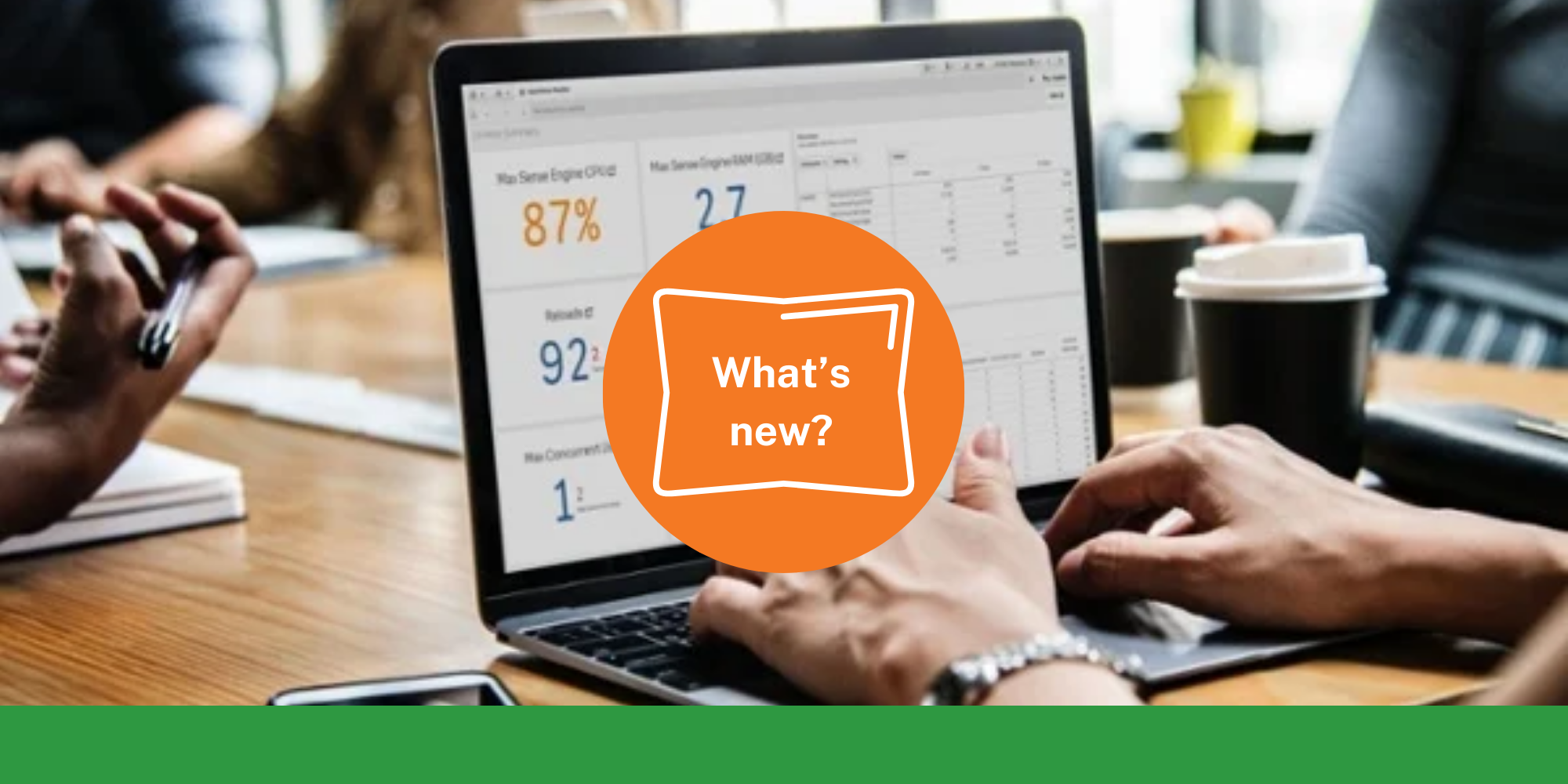
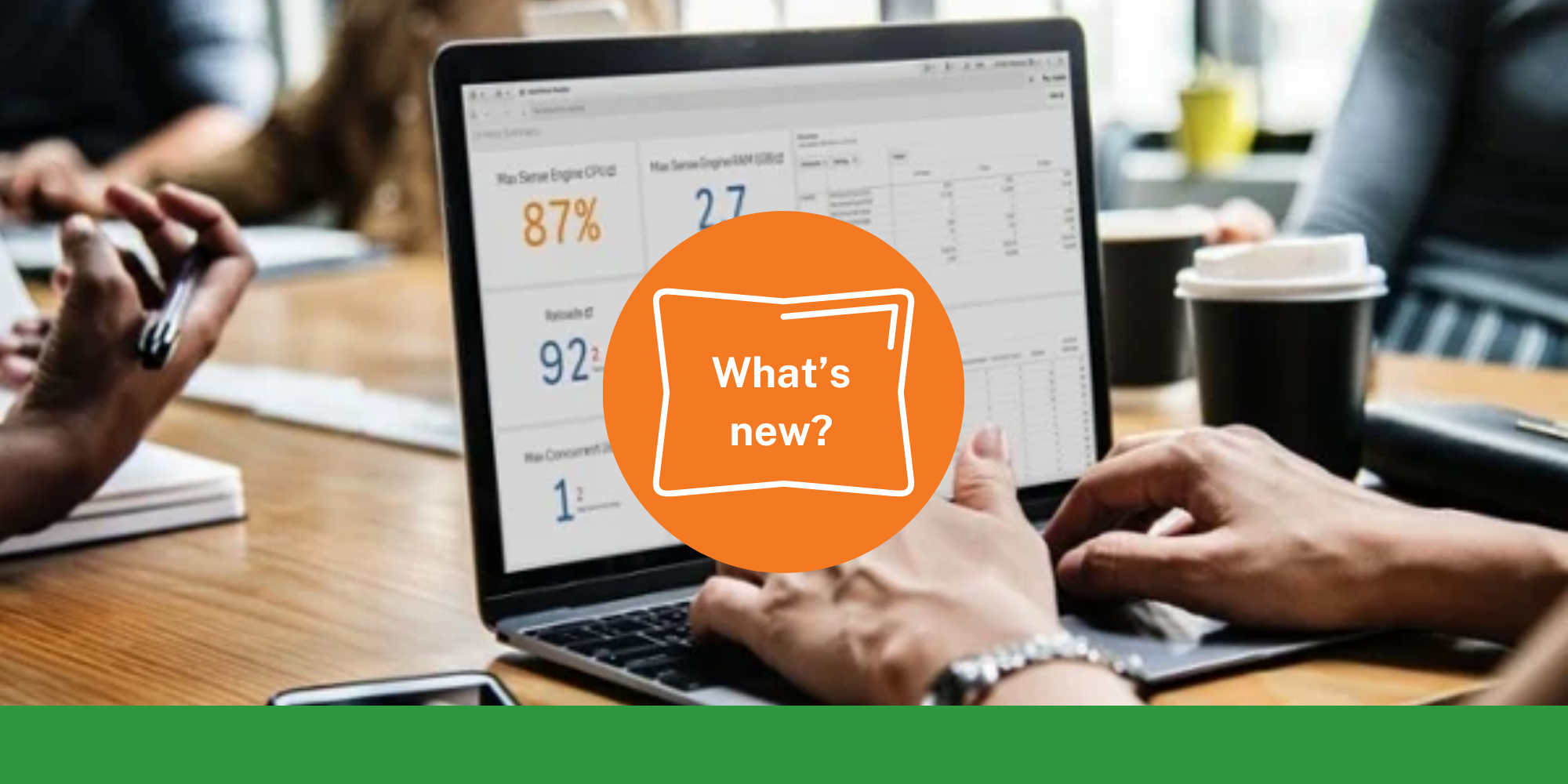
Comments